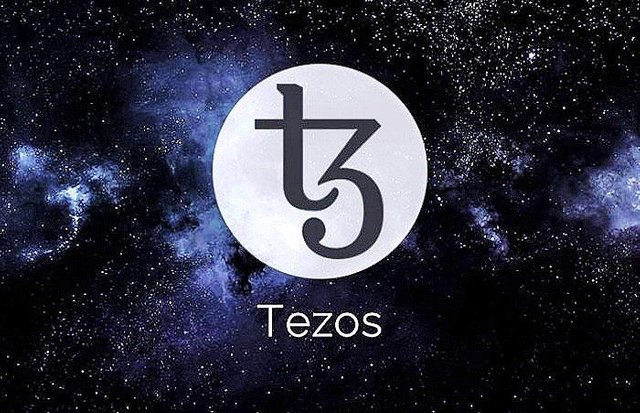Tezos is a unique decentralized blockchain that is based on the Proof-of-Stake algorithm. While many aspects seem similar, there is a Darwinian side of it, allowing for users to be continually making changes to the networks rules. In effect, it is constantly evolving to meet the needs of the community. The blockchain supports a token known as a 'tez', and has seen significant volatility since it's mammoth ICO of $232 million in 2017.

What is Tezos?
Like many other cryptocurrencies, in the purest form Tezos is simply just a digital ledger. Like Ethereum, smart contracts are present in the system, allowing for quick transactions to take place that are also secure for both parties. The inspiration for Tezos stems from Bitcoin and the problems it faces, namely the inability for change in the protocol to meet changing needs. It attempts to fix this through constant evolution as a part of the governance system. This allows for scalability to be changed along with basically anything else. However, there are also problems with this as a negative change may be voted in, though this could be rapidly fixed. This continual change however leads to the risk of instability, and that has played on the price of the coin throughout it's existence, especially with battles between the founders.
Tezos is an inflationary coin, with miners creating a block roughly every minute. This requires multiple signatures of the previous block from other stakeholders. Both of these processes are rewarded, but the users undertaking this activity have to make a safety deposit that lasts a cycle (a changing time period, less than a year at the moment) that is forfeited in the case of double spending or signing.
Tezos Governance:
This is the aspect of the blockchain that is truly unique. Each stakeholder has the option to vote in changes to be made to the protocol. If chosen, the changes are instantaneously made to the system. Developers are incentivized to make changes to the system as when they make a proposal, they are allowed to attach an invoice, receiving payment if the change is successful. As the system is continually changing, the original protocol is known as the seed protocol and everything after that should be an improvement to the system.
While the basic level of governance means that the proposed change is solved with a simple 'yes' or 'no' by the stakeholders, there are other levels of change that are more complex. An example from the white paper is this "if the stakeholder desire they may pass an amendment that will require further amendments to provide a computer checkable proof that the new amendment respects certain properties. This is effectively and algorithmic check of “constitutionality”. This extra level of potential adaptability is vital, and further makes the system unique and completely by the community for the community. The founders have no say, they have to simply trust that whatever happens to their creation is for the best, a truly amazing concept.
Personal Opinion:
Tezos brings another layer to DeFi that is vital, creating an ecosystem that is adaptable. The speed of the possible change is also amazing, an instantaneous adaption once the vote is approved. This creates a cryptocurrency that is geared towards the future, allowing it to position itself to face future challenges rather than just accept that the current design of the cryptocurrency is permanent. I'm surprised that in such a fast paced industry that this idea wasn't though of before, and I look forward to seeing where the community will lead Tezos to in the future.
Thanks for reading,
James Clarke